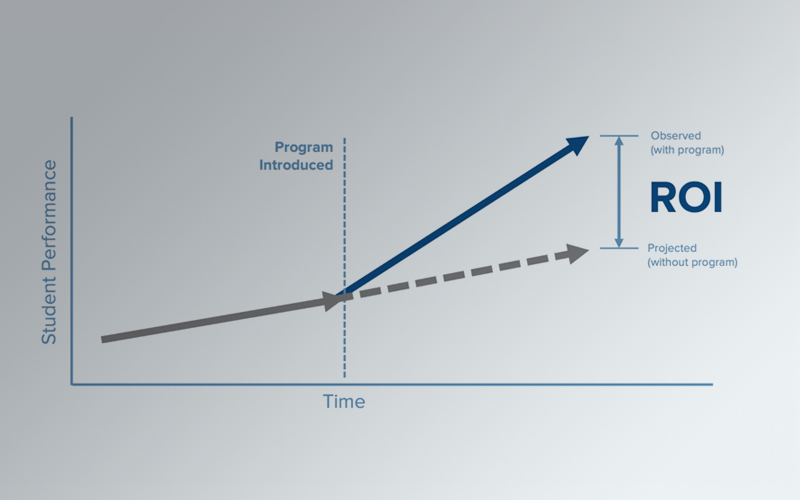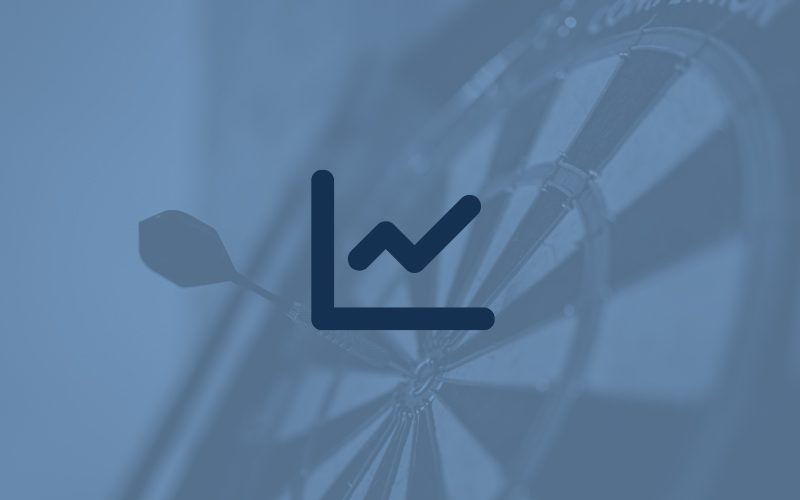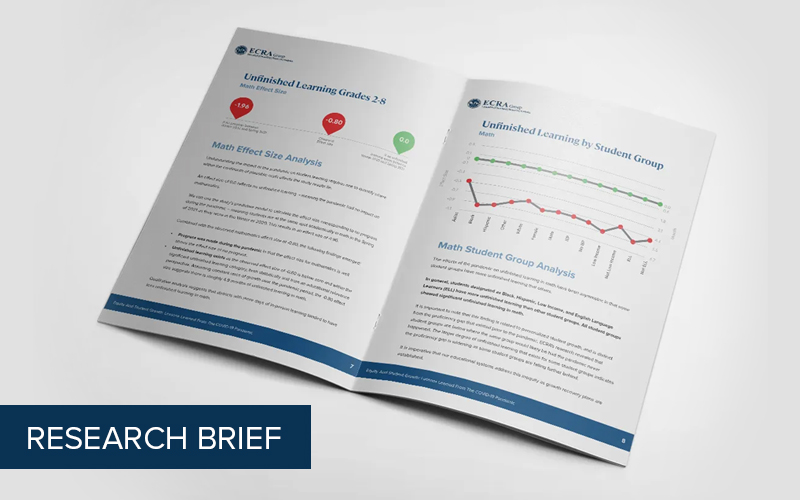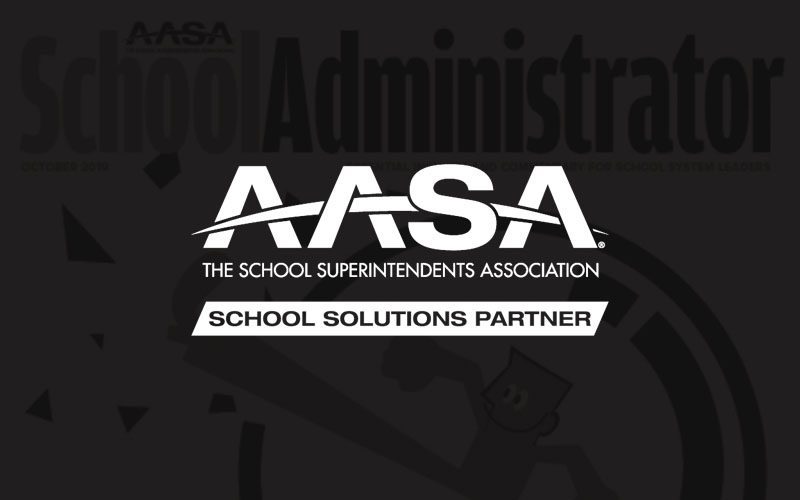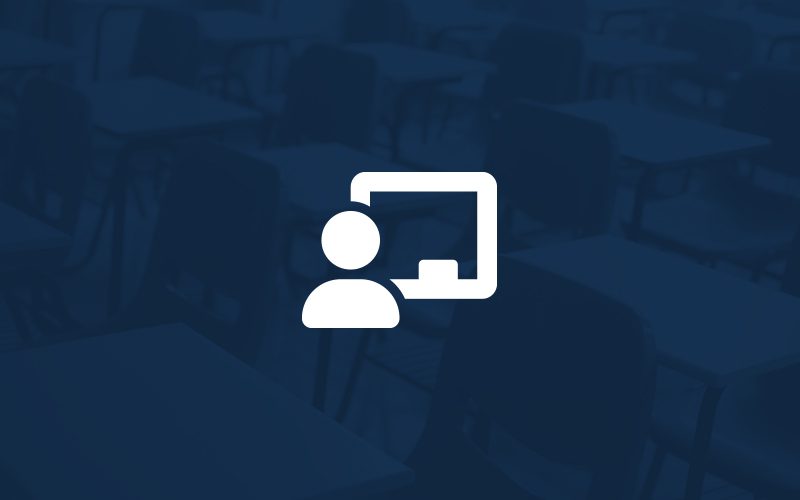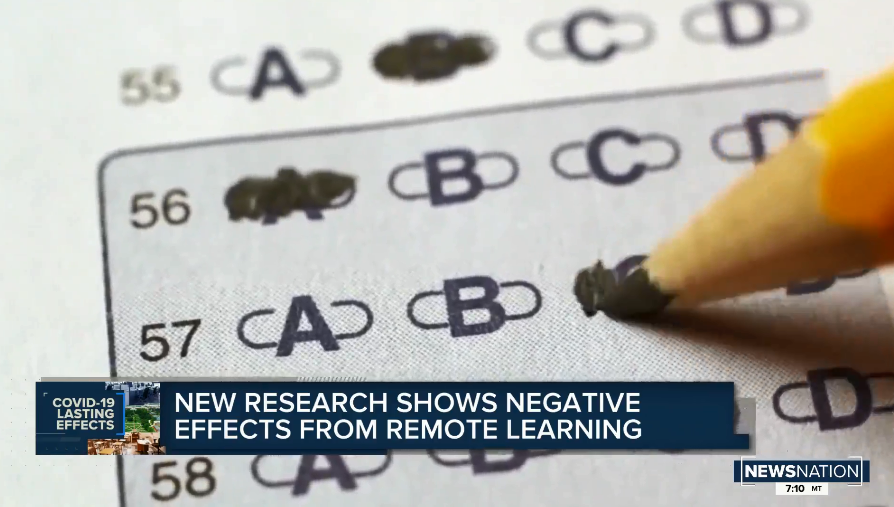Overview Video: Strategic Dashboard
The ECRA Strategic Dashboard is a powerful tool that encourages district leaders to think differently about student success and school quality. The strategic dashboard provides an infrastructure for school districts to build their own school report card at the local level against a local definition of quality. It provides a framework for the superintendent to…
Details



